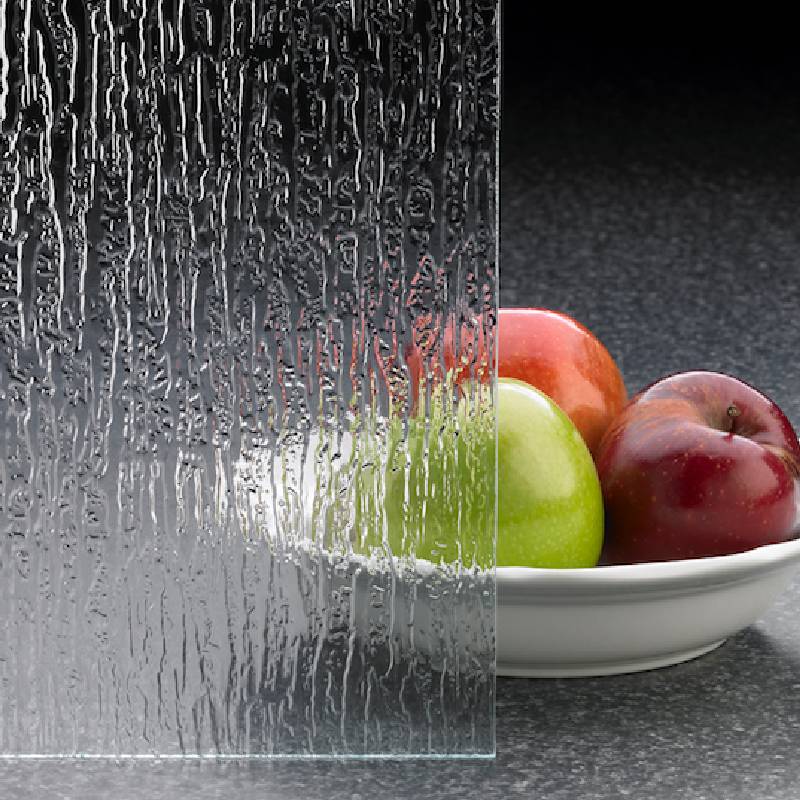The Role and Evolution of Architectural Curtain Walls
Architectural curtain walls have become a defining feature of modern architectural design, epitomizing a balance between aesthetic appeal and functional integrity. These lightweight, non-structural exterior walls are detached from the building’s structural frame, allowing for greater flexibility in design and materials, while also optimizing natural light and offering panoramic views.
Understanding Curtain Walls
A curtain wall consists primarily of glass and metal panels that are fixed to the building's structural frame. Unlike traditional walls, curtain walls do not support any weight of the building; they act as a protective skin, shielding against the elements while providing aesthetic continuity. This separates them from load-bearing walls, which must support the weight of the structure above. Curtain walls typically consist of three main components the framing system, the infill panels (often made of glass), and the anchoring system which secures the curtain wall to the building structure.
Historical Context
The history of curtain walls dates back to the early 20th century, where the first iteration was seen in the use of steel frames and large glass windows. One of the most iconic early examples is the famous 1916 skyscraper, the Equitable Building in New York City, which utilized a curtain wall to create a harmonious facade while ensuring adequate light inside. The concept evolved substantially throughout the 20th century and into the 21st century, driven by advancements in materials and manufacturing technologies.
Post-World War II, the rise of the International Style marked a significant turning point. Architectural icons like the Seagram Building, designed by Mies van der Rohe, showcased how curtain walls could be used to create minimalist and sleek lines, emphasizing functionality and elegance. With the advent of advancements in glass technology and the introduction of aluminum framing systems, the curtain wall quickly became a preferred choice for high-rise buildings, as it allowed architects to experiment with forms and facades in unprecedented ways.
Benefits of Curtain Walls
architectural curtain wall
Curtain walls offer numerous advantages to modern architectural design. Primarily, they allow for increased natural light in interior spaces, reducing the dependence on artificial lighting and creating a healthier environment. This is especially beneficial in urban settings where buildings are closely positioned. The use of large glass panels can contribute to energy efficiency by leveraging passive solar heating and maximizing daylight.
Moreover, curtain walls are versatile in design, allowing architects to play with styles ranging from sleek glass surfaces to textured metal panels. This flexibility encourages innovation in building aesthetics and enables the incorporation of various materials such as stone or terracotta, further enriching the visual narrative of a structure.
Additionally, the installation of curtain walls can significantly enhance a building's insulation properties. Modern advancements in glazing technology have led to the development of double and triple glazing systems that provide excellent thermal performance. This feature effectively reduces heat loss in colder months and minimizes solar gain in warmer periods, contributing to sustainable building practices.
Challenges in Curtain Wall Design
Despite their numerous benefits, curtain walls also come with challenges. One major concern is water infiltration. Proper detailing and installation are crucial to ensure that rainwater does not penetrate the system and compromise the building's interior. Additionally, curtain walls must be designed to withstand wind loads, seismic activities, and other environmental pressures, necessitating rigorous structural analysis.
Another consideration is the sustainability of the materials used. While glass provides transparency and aesthetic value, its production is energy-intensive, prompting a growing demand for eco-friendly alternatives and innovative designs that reduce carbon footprint.
Conclusion
Architectural curtain walls are more than just an exterior treatment; they represent a significant evolution in how buildings interact with their environment. With their ability to blend aesthetics and functionality, they continue to reshape the skylines of cities worldwide. As architects face the challenges of sustainability and climate resilience, the continued innovation in curtain wall technology will undoubtedly play a central role in the future of architectural design, making buildings not just habitable structures but also efficient and harmonious parts of their urban landscapes.
 Afrikaans
Afrikaans  Albanian
Albanian  Amharic
Amharic  Arabic
Arabic  Armenian
Armenian  Azerbaijani
Azerbaijani  Basque
Basque  Belarusian
Belarusian  Bengali
Bengali  Bosnian
Bosnian  Bulgarian
Bulgarian  Catalan
Catalan  Cebuano
Cebuano  Corsican
Corsican  Croatian
Croatian  Czech
Czech  Danish
Danish  Dutch
Dutch  English
English  Esperanto
Esperanto  Estonian
Estonian  Finnish
Finnish  French
French  Frisian
Frisian  Galician
Galician  Georgian
Georgian  German
German  Greek
Greek  Gujarati
Gujarati  Haitian Creole
Haitian Creole  hausa
hausa  hawaiian
hawaiian  Hebrew
Hebrew  Hindi
Hindi  Miao
Miao  Hungarian
Hungarian  Icelandic
Icelandic  igbo
igbo  Indonesian
Indonesian  irish
irish  Italian
Italian  Japanese
Japanese  Javanese
Javanese  Kannada
Kannada  kazakh
kazakh  Khmer
Khmer  Rwandese
Rwandese  Korean
Korean  Kurdish
Kurdish  Kyrgyz
Kyrgyz  Lao
Lao  Latin
Latin  Latvian
Latvian  Lithuanian
Lithuanian  Luxembourgish
Luxembourgish  Macedonian
Macedonian  Malgashi
Malgashi  Malay
Malay  Malayalam
Malayalam  Maltese
Maltese  Maori
Maori  Marathi
Marathi  Mongolian
Mongolian  Myanmar
Myanmar  Nepali
Nepali  Norwegian
Norwegian  Norwegian
Norwegian  Occitan
Occitan  Pashto
Pashto  Persian
Persian  Polish
Polish  Portuguese
Portuguese  Punjabi
Punjabi  Romanian
Romanian  Russian
Russian  Samoan
Samoan  Scottish Gaelic
Scottish Gaelic  Serbian
Serbian  Sesotho
Sesotho  Shona
Shona  Sindhi
Sindhi  Sinhala
Sinhala  Slovak
Slovak  Slovenian
Slovenian  Somali
Somali  Spanish
Spanish  Sundanese
Sundanese  Swahili
Swahili  Swedish
Swedish  Tagalog
Tagalog  Tajik
Tajik  Tamil
Tamil  Tatar
Tatar  Telugu
Telugu  Thai
Thai  Turkish
Turkish  Turkmen
Turkmen  Ukrainian
Ukrainian  Urdu
Urdu  Uighur
Uighur  Uzbek
Uzbek  Vietnamese
Vietnamese  Welsh
Welsh  Bantu
Bantu  Yiddish
Yiddish  Yoruba
Yoruba  Zulu
Zulu 

